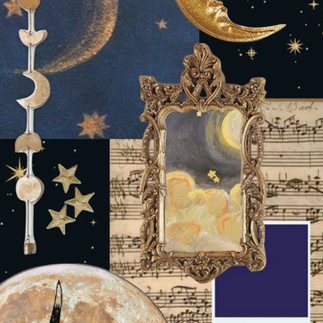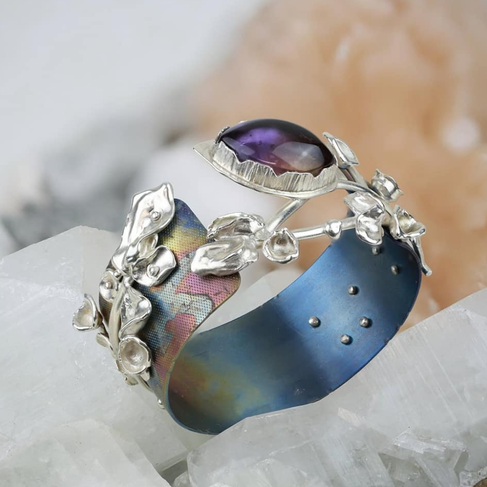Creating a Jewellery Collection
- Haley Green
- Jan 23, 2023
- 3 min read

Once upon a time, jewellery collections were all the rage. To possess a complete three or four piece collection was a sure sign of status. Makers like Tiffany’s, Buccellati, and Cartier would design lavish sets where each piece, while magnificently designed, were never intended to be worn without its matching companions.
While jewellery, itself, dates back to thousands of years, the modern concept of the collection was born from the desire to expand the versatility of jewellery sets for more than grand events.
What is a collection?
A jewellery collection is comprised of a group of pieces that share a similar theme, metal, style, element, or feel. For example, shared themes might be geometric, graduation, or earth-themed jewellery. Shared jewellery elements could be shape, texture, or colour. A shared style might be Baroque, modern or organic. The idea is that the pieces complement each other and are a natural fit together. They should be created so that clients see them as a whole, rather than as distinct random pieces, but it should still be possible to easily integrate new and complementary pieces into the collection. Ultimately, the goal you’re aiming for is for your collection to be able to define itself.
Starry Starry Night collection, April Bower
How do you make a collection?
A good way to start designing a jewellery collection is to make a vision board. Gather images, words, colour swatches that tell a story. You can focus on a theme, such as the universe, and gather inspiration that fits that theme. Sticking with the universe theme, you might start gathering images of stars, planets, moons, and comets. From here, you can start to piece together your collection, refining it as you go along. You might decide that there is a shared colour palette you want to use or certain symbols or gems stone that you think work well together. There are many ways to create a cohesive collection, but as you do so, always keep in mind your ideal customer.
What should be in a collection? Thoughts vary on this. Some believe a complete collection should include rings, earrings, pendants, and bracelets BUT if you're a designer who doesn't sell rings, there is no need to start now. Assess what your best sellers are and expand from there. It is, however, that you include three key components to your collection - the statement piece, the gateway piece, and the upsell.
THE STATEMENT PIECE The statement piece is the one product in your collection that will truly capture your DREAM client’s eye first. The piece should possess a sort of wow-factor that everyone notices if you wear it. Whether this piece finds its way into a store, in a case at a trade show, or on the homepage of your website, this should be placed front and centre. Unless you are chiefly a statement jewellery designer, this piece probably isn’t going to be your #1 best seller. So, why is it so necessary? Because creating jewellery collections that sell depends on capturing clients' attention – and the statement piece does just that.
Mitzi Howard Robert Lopez
THE GATEWAY
Gateway pieces are typically your best sellers – the chosen few items that pretty much everyone wants to buy. There are always exceptions, but they’re typically in the middle price point of your collection’s range and they’re usually of medium size and depth. These are the pieces that will get along with your statement piece and will get you the most press. While every designer has a different style, these pieces usually aren’t the flashiest, nor the daintiest, of the collection. These pieces are truly a ‘gateway,’ tried and true design, and they should be perfect for everyone from a new prospect to your oldest clients.
Bernadett Johnson Christine Zock
THE UPSELL
The add-on or upsell item is typically the lowest price point in your range and therefore easier to ‘add on.’ Whether it’s a dainty earring or simple matching bracelet, your upsell items should be something you truly feel confident in suggestive selling and marketing as a gift idea. Upsell items are SO necessary in your collection because, at the end of the day, it's easier to sell to a customer who is already over the line.
*Source Flourish & Thrive, Tracy Mathews




















